#NASA space exploration
Text

#solar eclipse#eclipse#photography#naturecore#nature#landscape#goth#gothic#paradise#adventure#explore#astrology#nasa#mountains#space#sun#moon
15K notes
·
View notes
Note
What do you mean by Venus floating cities?
I'm hoping to write a science fiction story about visiting Venus as part of the space race and I would love your input
Alright so the thing with Venus is that we're all very familiar with her horrible hell-death clouds and 900°F surface temperatures. We all understand the surface of Venus is not a fun place for humans to be.
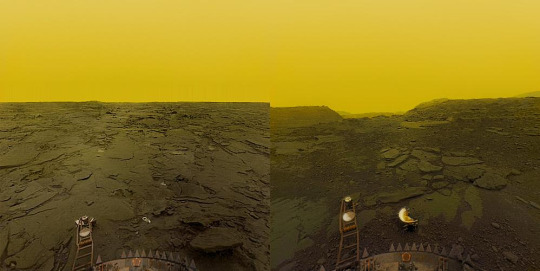
But, nobody ever talks about the fact that ABOVE the hell-death clouds, Venus is a paradise. The most Earth-like environment we know of in the solar system, beyond Earth itself, is actually in the skies of Venus.
About 30 miles above the surface, the pressure is ~1 atmosphere, and the temperature ranges from 30 - 100°F, which is Happy Human™ standard pressure and temperature.
What's more, a breathable mix of oxygen and nitrogen provides over 60% the lifting power on Venus that helium does on Earth. In other words, a balloon full of human-breathable air would float to the habitable range of Venus's atmosphere. We could float a ship with the very air we breathe.
The other great thing about this is that it avoids one of the big problems with Mars colonization. On Mars, any habitat on the surface full of breathable air is vulnerable to leaks and explosive decompression, a la the Martian.

Floating on Venus, a balloon full of breathable air doesn't have a significant pressure difference between the inside and the outside. Which means, any leaks or tears would be very slow and manageable. You could fix that shit with duct tape!
Similarly, because the environment outside the balloon is so Earth-like, humans living there wouldn't need any big fancy pressurized suits for extravehicular work. We'd need air to breathe, maybe some heat protection, and protection against the acid rain. That's it.
Venus also provides the tools to keep us fed! It's atmosphere is made primarily of carbon dioxide, even above the dense horrible clouds. What likes carbon dioxide? Plants from Earth!! Lets grow FOOD on FLOATING PLATFORMS in the SKIES of VENUS.
This whole idea actually came out of a NASA effort exploring potential Venus colonization. The program was called HAVOC - the High Altitude Venus Operational Concept.
It hasn't really gone anywhere, and as far as I know there are no real plans to revisit it. Unfortunately, from a practicality standpoint, Mars is a much more viable target for human colonization. Not only is it better poised for outer solar system exploration, being farther away from the sun, but living on Venus would come with too many complicated contingencies. In the event of a major failure on Venus, you'd need to fly to another base, or fuck off all the way to orbit. I understand why people aren't really in a hurry to live somewhere where landing on the surface means certain death.
But that doesn't mean I won't be forever and always enamored by the skies of Venus. Here's one of the artist concepts to come out of HAVOC.

I want to be there.
#venus#nasa#space#space exploration#HAVOC#blimp#spost#venus my beloved#single most underrated planet#asked and answered
7K notes
·
View notes
Text
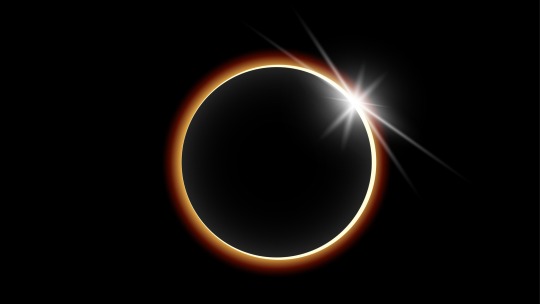

(NEW UPDATE WITH PHOTOS) Send us your best photos!
Absolutely beautiful! I hope everyone took this in! Makes you think just how small we are. A moment the world comes together as one! That’s true humanity . We will be uploading more amazing photos to this same post. So come back later on and check out our 2024 once in a lifetime eclipse photos.

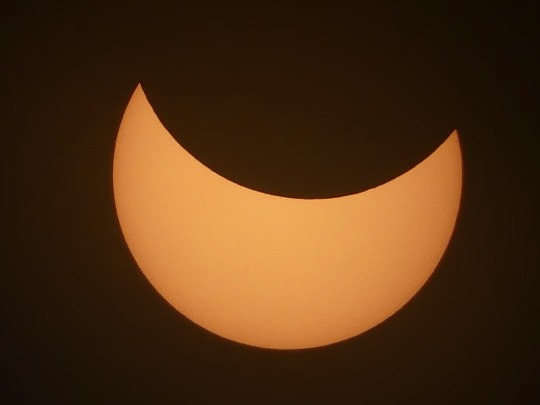
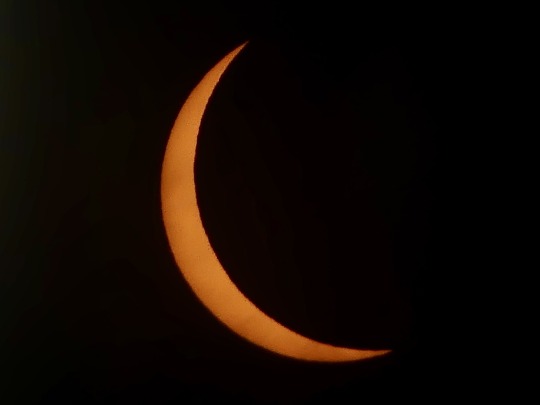




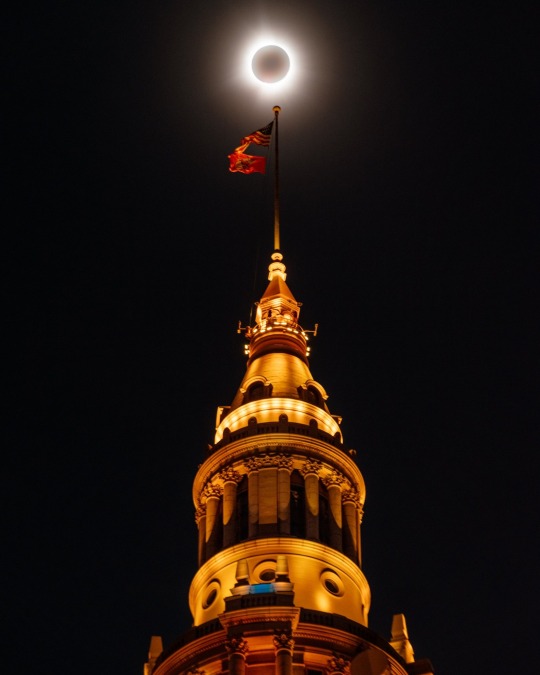
#solar eclipse#eclipse 2024#2024#astronomy#astronomers#nasa#universe#astrophotography#nasa photos#astrophysics#outer space#nasawebb#hubble space telescope#i love astronomy#astronomy facts#astrography#astrobiology#astronauts#astro community#space program#planetary science#planetary nebula#international space station#space exploration#space#science facts#space science#sci#astro notes#astro observations
6K notes
·
View notes
Text
I feel like nobody on Tumblr knows that the international space station is being discontinued.
Did you know that? In less than a decade it will be gone

CNN Link from above screenshot
More detailed article by Space.com
#space#iss#international space station#nasa#roscosmos#space exploration#outer space#nasa missions#i did not mean to depress everyone im sorry
24K notes
·
View notes
Text
UFO पर रिसर्च के लिए नए डायरेक्टर की नियुक्ति: नासा बोला- एलियन्स के होने की पुष्टि नहीं, लेकिन इसकी संभावना से इनकार भी नहीं
30 मिनट पहले
कॉपी लिंक
पेंटागन ने 2020 में UFO से जुड़ा ये वीडियो जारी किया था।
नासा ने गुरुवार को UFO दिखने से जुड़ी घटनाओं पर रिपोर्ट जारी की। रिपोर्ट में स्पेस एजेंसी ने कहा है कि UFO से जुड़ी घटनाओं में एलियन का हाथ था, इसके कोई सबूत नहीं मिले हैं। हालांकि, उन्होंने इस बात की संभावना से इनकार भी नहीं किया है। एलियन्स और UFO से जुड़ी जांच के लिए नासा ने नया रिसर्च डायरेक्टर नियुक्त किया…
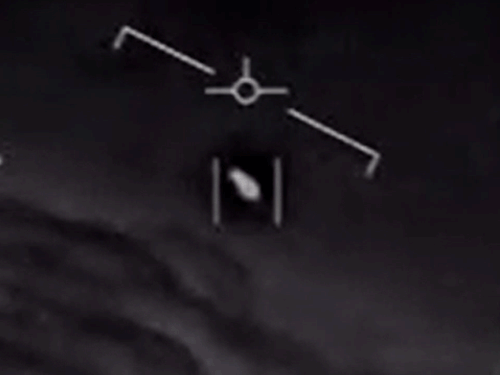
View On WordPress
#alien technology#NASA on aliens#NASA space exploration#NASA UFO report#UFO research chief#UFO Research Director
0 notes
Text
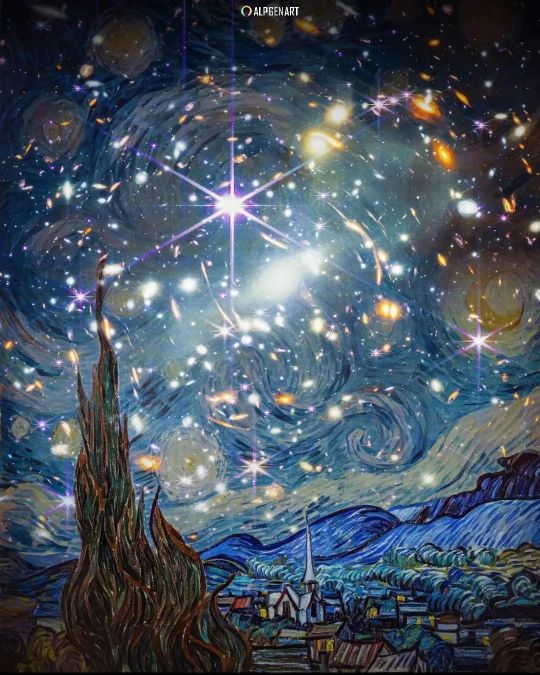
Van Gogh's Starry Night with the first image taken by the James Webb telescope by alpgenart (via astronomy_eye)
#art#digital art#starry night#van gogh#james webb telescope#jwst#space#astronomy#astrophysics#astrophotography#science#universe#cosmos#nature#aesthetic#explore#nasa#galaxy#outer space#vincent van gogh#sky#curators on tumblr#up
45K notes
·
View notes
Text
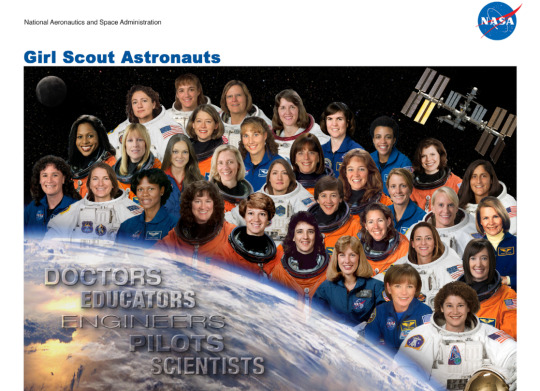
It’s Girl Scout Day! March 12, 2024, is the 112th birthday of Girl Scouts in the United States, and to celebrate, we’re sharing a lithograph of the Girl Scout alumnae who became NASA astronauts.
Girl Scouts learn to work together, build community, embrace adventurousness and curiosity, and develop leadership skills—all of which come in handy as an astronaut. For example, former Scouts Christina Koch and Jessica Meir worked together to make history on Oct. 18, 2019, when they performed the first all-woman spacewalk.
Pam Melroy is one of only two women to command a space shuttle and became NASA’s deputy administrator on June 21, 2021.
Nicole Mann was the first Indigenous woman from NASA to go to space when she launched to the International Space Station on Oct. 5, 2022. Currently, Loral O’Hara is aboard the space station, conducting science experiments and research.
Participating in thoughtful activities in leadership and STEM in Girl Scouts has empowered and inspired generations of girls to explore space, and we can’t wait to meet the future generations who will venture to the Moon and beyond.
Make sure to follow us on Tumblr for your regular dose of space!
#NASA#space#space exploration#Girl Scouts#adventure#explore#inspiration#inspirational women#Womens History Month#WHM#science#STEM#women in STEM#women in science#International Space Station#ISS#astronaut#tech#technology
2K notes
·
View notes
Text

"A specal color reconstruction of the eruption of the volcano Loki pn the Iovian satellite Io. The picture was taken by the Voyager I from a range of about half a million kilometers." March 5, 1979.
Voyage to Jupiter. 1980. Scientific and Technical Information Branch NASA.
#nasa#space exploration#jupiter#io#volcano#moon#space photography#astronomy#nemfrog#1979#1980#1970s#voyager 1
452 notes
·
View notes
Photo
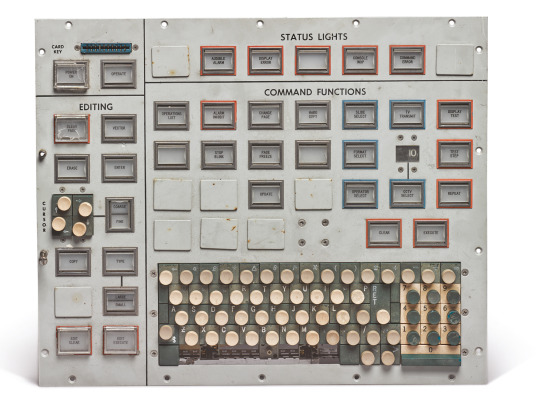

Saturn V Firing Room Panels used for the Apollo missions (US, 1960s)
via
3K notes
·
View notes
Text

#scifi#space#spaceship#aliens#explore#travel#wanderlust#adventure#nasa#science fiction#funny#aes#aesthetic#aesthetics#good vibes#vibes#lifestyle#style#mood#future#futurism#futuristic
2K notes
·
View notes
Text
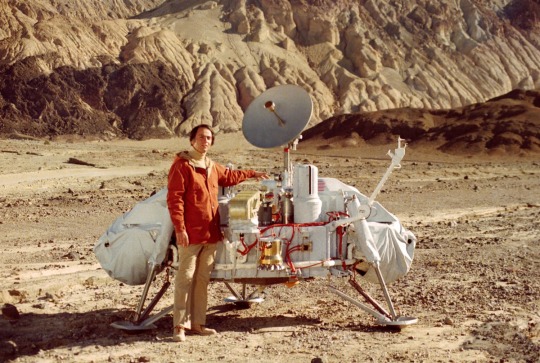
Astronomer Carl Sagan stands in front of a Viking lander mockup in Death Valley, California, c. late 1970s.
#science#technology#astronomy#space exploration#Carl Sagan#NASA#Mars#Viking program#space probe#Death Valley#California#USA#1970s
1K notes
·
View notes
Text
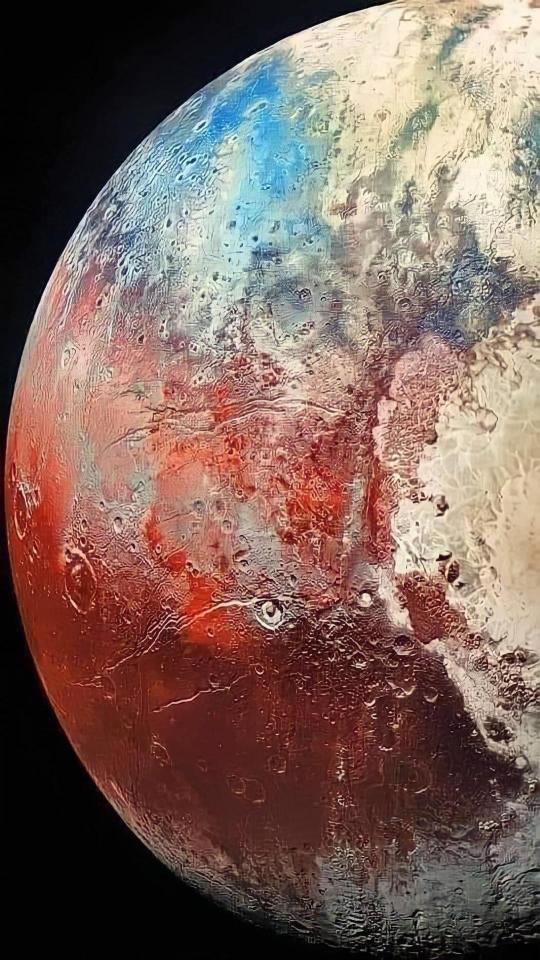
The clearest image of Pluto captured by the New Horizons spacecraft.
#pluto#astronomy#astrography#astronomers#astrophysics#astrophotography#astrology#astro observations#astro notes#nasa#nasa photos#nasa picture of the day#nasawebb#our universe#universe#space station#space science#space exploration#outer space#space#hubble space telescope#james webb space technology#james webb space telescope#space photography#spaceporn#hubble#telescope#james webb telescope#space telescopes#hubble telescope
6K notes
·
View notes
Text

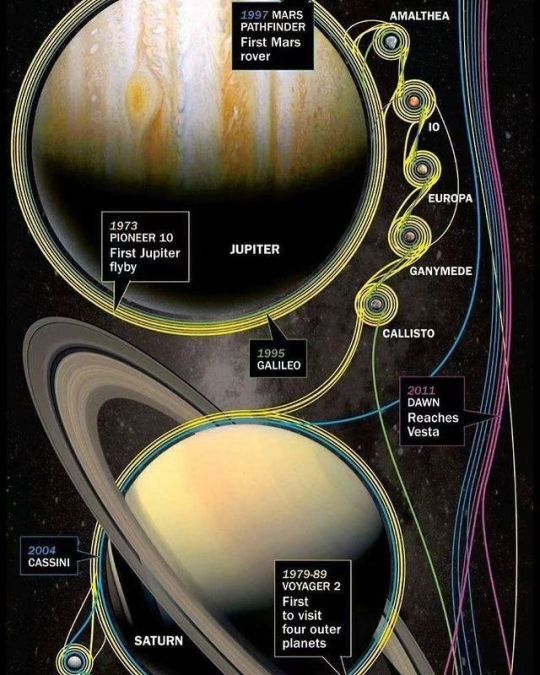
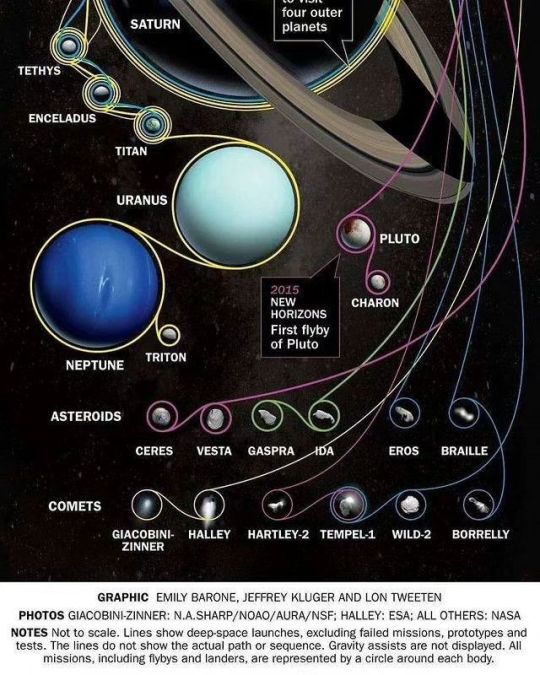
" Nasa's Deep Space Mission " //© Astro Voyagers
#Space#Nasa#ISS#Space Exploration#Space Missions#Planets#Earth#Moon#Sun#Mercury#Venus#Mars#Jupiter#Saturn#Uranus#Neptune#Pluto#Solar System#Galaxy#Galaxies#Milkyway#Universe#aesthetics#wanderlust#explore#follow#discover
527 notes
·
View notes
Text
Wednesday, August 9.
Space.
Yeah, science b*tch.
Space is, and let us make no bones about this, the cat's whiskers. The news each day is grim, and seemingly only ever grimmer. So it makes a refreshing change once in a while when those fine folk in the whitecoats deliver some fascinating, albeit existential, updates. But even here, there is better and worse: for better, for example, in the last year alone a rogue black hole was spotted on its own for the first time, NASA’s DART Mission hit an asteroid in a first-ever planetary defense test, and astronomers revealed the first image of the black hole at the heart of our galaxy. Very nice, very cool. Very space.
However, it seems we never learn when to leave a good (and very big, scary) thing well enough alone from the claws of capitalism, as Virgin Galactic plans to launch its first space tourism flight. In any case, we can't exactly blame their curiosity. The study of space has captivated our tiny minds for millennia, and it remains a beautiful, fascinating, frightening, and silent enigma. There are endless mysteries up there, and the question for us is whether they are best left well alone. Or, in the immortal words of Ian Malcolm, "Your scientists were so preoccupied with whether or not they could, that they didn't stop to think if they should."
So let's give it up for the magnificent beauty and ceaseless, elusive terror that is #space.
#today on tumblr#space#galaxy#planet#nasa#astronomy#outer space#space facts#black hole#nasa breaking news#space exploration#astrophysics
610 notes
·
View notes
Text











The canvases of our exploration
Interstellar - Christopher Nolan // A Ship in a Stormy Sea - Ivan Konstantinovich Aivazovsky // The ISS - NASA // Address at Rice University, 12 Sep. 1962 - John F. Kennedy // Cosmic Web and Dark Matter in Outer Space - Stephen Dalton // Rough sea, Morestil - John Russell // Rocket Man - Elton John // Olin Ivory // @eighthxjune // Space Mirror Memorial, Kennedy Space Center via reddit //OP: @smoooothbrain
#web weaving#the ocean#space#the sea#sea and space parallels#parallels#compilations#webs#art#interstellar#NASA#JFK#poetry#history#exploration#connection#sea#ocean#mine#weavings<3
840 notes
·
View notes
Text
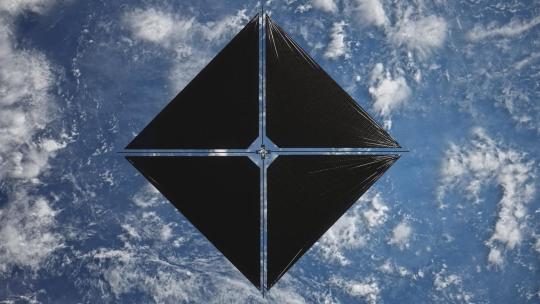
Setting Sail to Travel Through Space: 5 Things to Know about our New Mission
Our Advanced Composite Solar Sail System will launch aboard Rocket Lab’s Electron rocket from the company’s Launch Complex 1 in Māhia, New Zealand no earlier than April 23, at 6 p.m. EDT. This mission will demonstrate the use of innovative materials and structures to deploy a next-generation solar sail from a CubeSat in low Earth orbit.
Here are five things to know about this upcoming mission:
1. Sailing on Sunshine
Solar sails use the pressure of sunlight for propulsion much like sailboats harness the wind, eliminating the need for rocket fuel after the spacecraft has launched. If all goes according to plan, this technology demonstration will help us test how the solar sail shape and design work in different orbits.
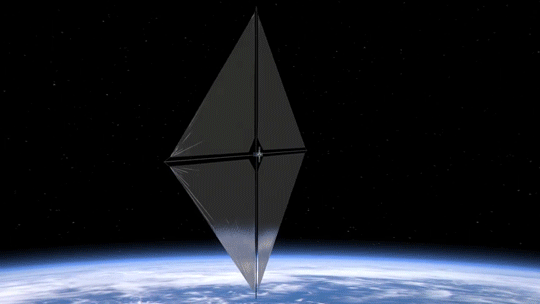
2. Small Package, Big Impact
The Advanced Composite Solar Sail System spacecraft is a CubeSat the size of a microwave, but when the package inside is fully unfurled, it will measure about 860 square feet (80 square meters) which is about the size of six parking spots. Once fully deployed, it will be the biggest, functional solar sail system – capable of controlled propulsion maneuvers – to be tested in space.

3. Second NASA Solar Sail in Space
If successful, the Advanced Composite Solar Sail System will be the second NASA solar sail to deploy in space, and not only will it be much larger, but this system will also test navigation capabilities to change the spacecraft’s orbit. This will help us gather data for future missions with even larger sails.
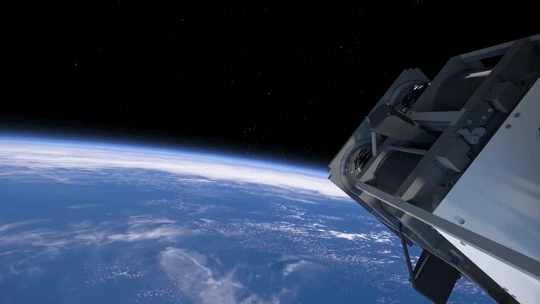
4. BOOM: Stronger, Lighter Booms
Just like a sailboat mast supports its cloth sails, a solar sail has support beams called booms that provide structure. The Advanced Composite Solar Sail System mission’s primary objective is to deploy a new type of boom. These booms are made from flexible polymer and carbon fiber materials that are stiffer and 75% lighter than previous boom designs. They can also be flattened and rolled like a tape measure. Two booms spanning the diagonal of the square (23 feet or about 7 meters in length) could be rolled up and fit into the palm of your hand!

5. It’s a bird...it’s a plane...it’s our solar sail!
About one to two months after launch, the Advanced Composite Solar Sail System spacecraft will deploy its booms and unfurl its solar sail. Because of its large size and reflective material, the spacecraft may be visible from Earth with the naked eye if the lighting conditions and orientation are just right!
To learn more about this mission that will inform future space travel and expand our understanding of our Sun and solar system, visit https://www.nasa.gov/mission/acs3/.
Make sure to follow us on Tumblr for your regular dose of space!
961 notes
·
View notes